NASA hunts asteroid, makes amazing progress with Lucy Mission
Lucy mission, to hunt down Asteroid Dinkinesh, has entered a critical phase, NASA has revealed. It is employing precision maneuvers and enduring a planned communications blackout behind the Sun right now.
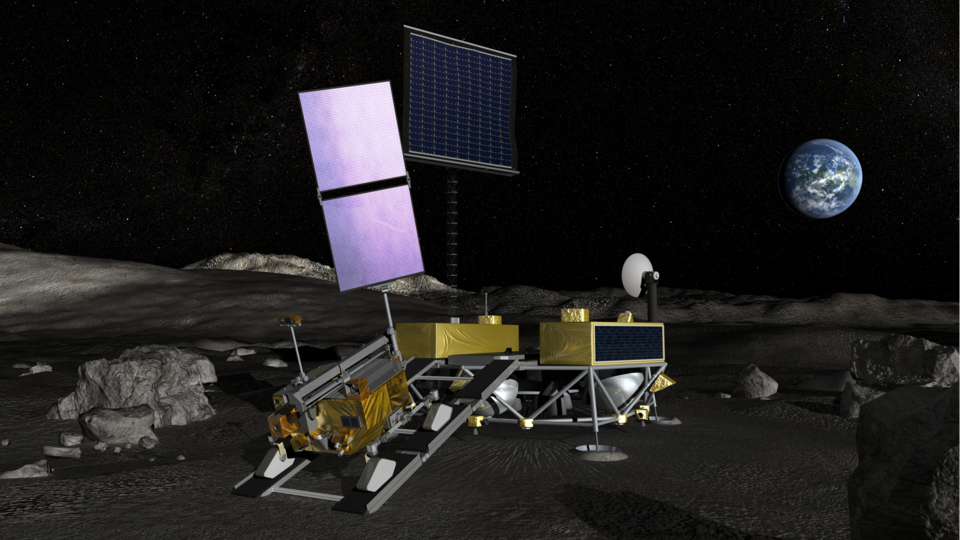
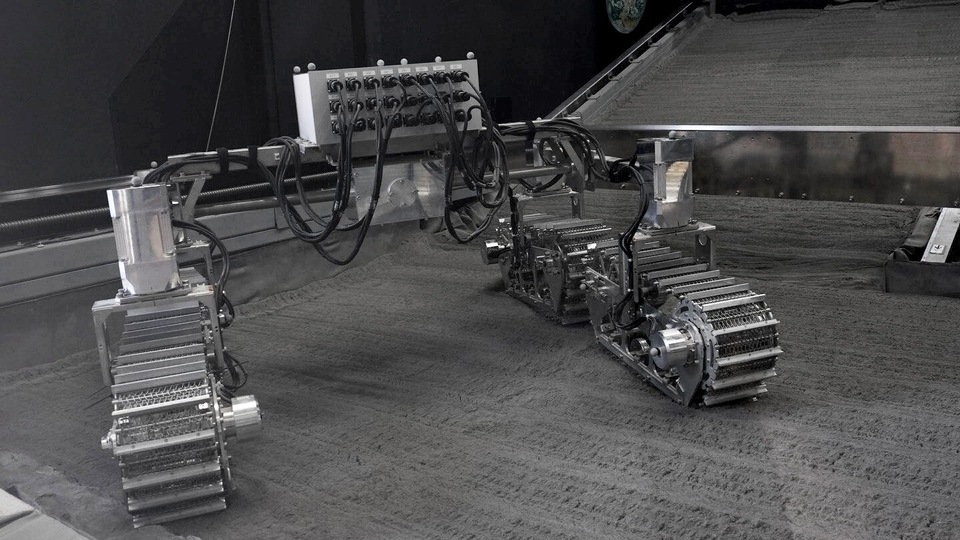
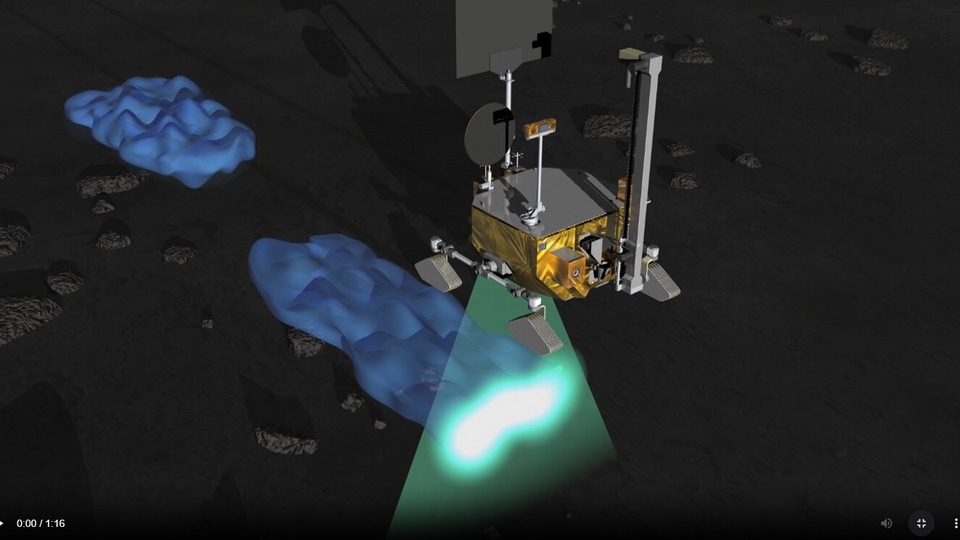
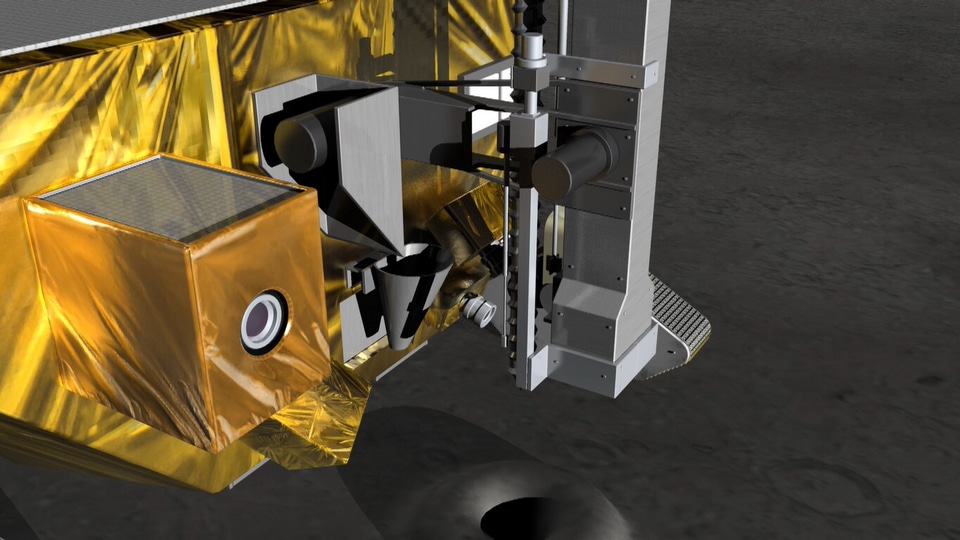
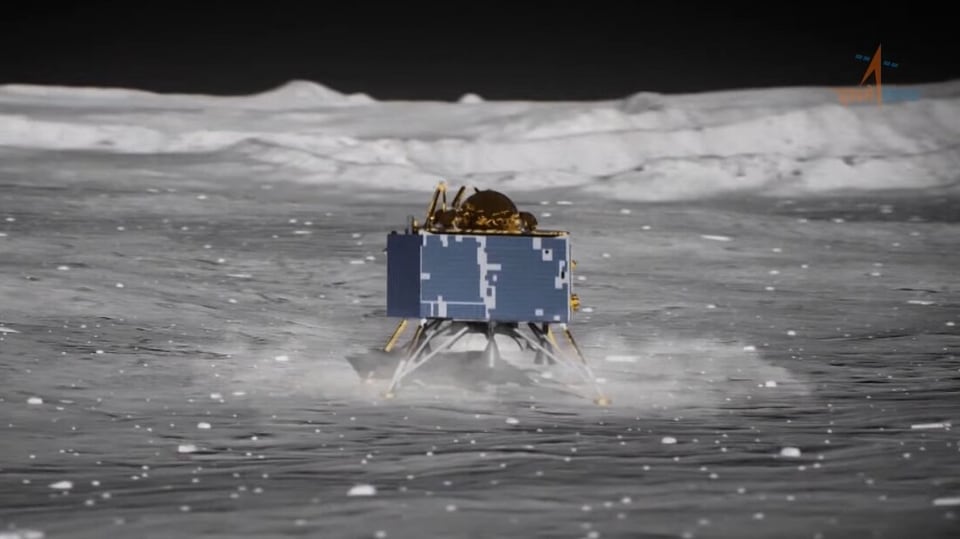
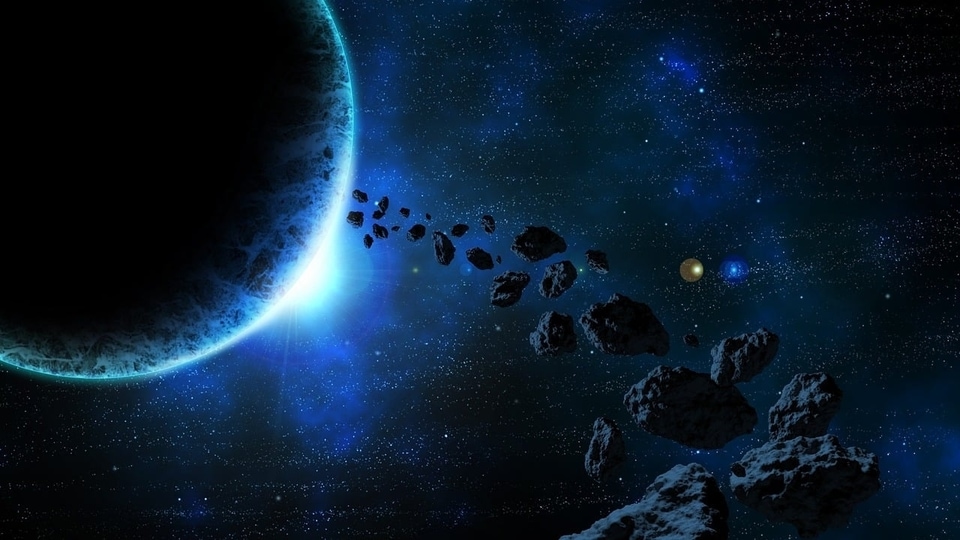
 View all Images
View all ImagesNASA's Lucy mission has advanced further towards Asteroid Dinkinesh using precise maneuvers and now faces a communication blackout behind the Sun. Principal investigator Hal Levison leads the team's efforts, with mission management by NASA's Goddard Space Flight Center and spacecraft construction by Lockheed Martin Space.
Over the past month, the Lucy Mission spacecraft team has observed that Asteroid Dinkinesh becoming brighter as the spacecraft approaches, along with a consistent brightness variation indicating a 52.7-hour rotation period.
Since Lucy's initial observation of the asteroid on September 3, NASA has utilized high-resolution images from the L'LORRI camera to refine the spacecraft's and asteroid's relative positions, aiding in precision navigation toward the encounter.
On September 29, a minor trajectory correction maneuver was executed, adjusting the spacecraft's speed by just 6 cm/s, or roughly 0.1 mph. This adjustment is anticipated to guide Lucy to pass within 265 miles (425 km) of the asteroid.
The team is prepared to make further trajectory adjustments in late October, if necessary, to ensure the mission's success.
On October 6, the spacecraft moved behind the Sun from Earth's perspective, leading to a planned period of communication blackout. Nevertheless, the spacecraft continued to capture images of the asteroid.
After the solar conjunction period concludes in mid-October, communication with Earth will resume, and the images taken during the blackout will be transmitted back to Earth.
The principal investigator for the Lucy mission is Hal Levison, working from the Southwest Research Institute's Boulder, Colorado branch, which is under the umbrella of the headquarters in San Antonio, Texas.
NASA's Goddard Space Flight Center, located in Greenbelt, Maryland, is responsible for managing the overall mission, systems engineering, and ensuring safety and mission success.
Lockheed Martin Space, based in Littleton, Colorado, constructed the Lucy spacecraft.
Lucy represents the 13th mission within NASA's Discovery Program, with the program managed by NASA's Marshall Space Flight Center in Huntsville, Alabama, and overseen by the Science Mission Directorate at NASA Headquarters in Washington.
One more thing! We are now on WhatsApp Channels! Follow us there so you never miss any update from the world of technology. To follow the HT Tech channel on WhatsApp, click here to join now!
Catch all the Latest Tech News, Mobile News, Laptop News, Gaming news, Wearables News , How To News, also keep up with us on Whatsapp channel,Twitter, Facebook, Google News, and Instagram. For our latest videos, subscribe to our YouTube channel.
































